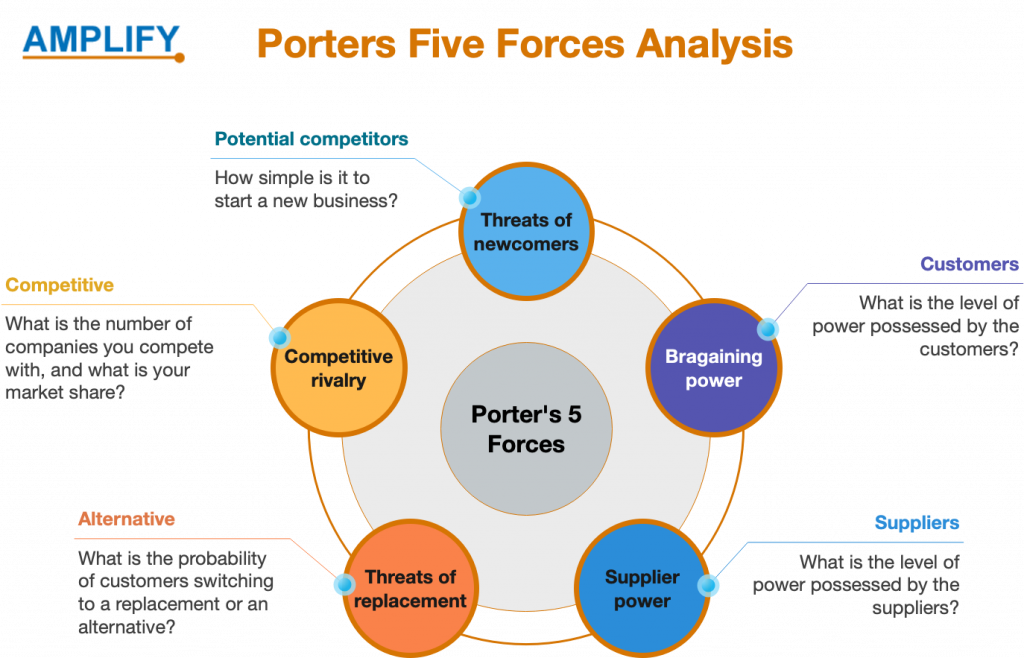The multi-brand business model refers to a strategic approach where a company operates multiple distinct brands under its umbrella
The following is an explanation of the business model known as multi-brand:
Brand Diversity: A business that uses a multi-brand model creates and manages multiple brands, each with its own distinct identity, positioning, and target market. These brands may serve a variety of customer demographics, provide a wide range of goods and services, or are active in various business sectors.
Market Segmentation: The objective of adopting a multi-brand strategy is to target a market’s various subsets through market segmentation more effectively. By developing several distinct brands, the company will be able to cater its products and services to the specific requirements, preferences, and demographics of its target audience, thereby expanding its market reach and potential.
Autonomy of the Brand: In a multi-brand model, each brand is allowed some degree of independence in its operations, allowing it to preserve its unique brand identity, brand messaging, and brand experience. Because of this, it is possible to customize and specialize the product by the target market and the brand’s positioning.
The multi-brand business model is suitable for companies that aim to target diverse customer segments, offer a range of products or services with unique brand identities, and capitalize on market opportunities in various industries or geographic regions
Synergies and Economies of Scale: Even though each brand runs its own business, the company can still reap the benefits of synergies and economies of scale because of its combined operations. It is possible to increase productivity and cost-effectiveness across all brands by leveraging shared resources. These shared resources include back-end operations, supply chains, marketing expertise, and research and development
Management of the Portfolio: The company is responsible for strategically managing its portfolio of brands, which includes monitoring their performance, the dynamics of the market, and the competitive landscape. It includes making decisions regarding the acquisition of new brands, the sale of existing brands, the extension of existing brands, or the repositioning of existing brands to maximize market opportunities and optimize the overall portfolio of brands.
The reputation of the Brand and Trust: The multi-brand business model depends on the establishment and upkeep of solid reputations for each of the individual brands to be successful. To cultivate customer loyalty and differentiate itself from other brands, each company needs to keep its promises, give its customers something of value, and earn their trust.
Market Expansion: The multi-brand model can also facilitate market expansion by allowing the company to enter new geographic locations, target new customer segments, or diversify into new product or service categories. That is all possible because the model allows multiple brands to be sold under the same umbrella. Because of this, the company can secure a more significant portion of the market and reduce the risks of being dependent on a single brand.
Examples of companies that employ the multi-brand business model include Procter & Gamble, which operates numerous brands across various consumer product categories, such as Pampers, Gillette, and Tide. Another example is Volkswagen Group, which manages a portfolio of automotive brands, including Volkswagen, Audi, Porsche, and Lamborghini.


















